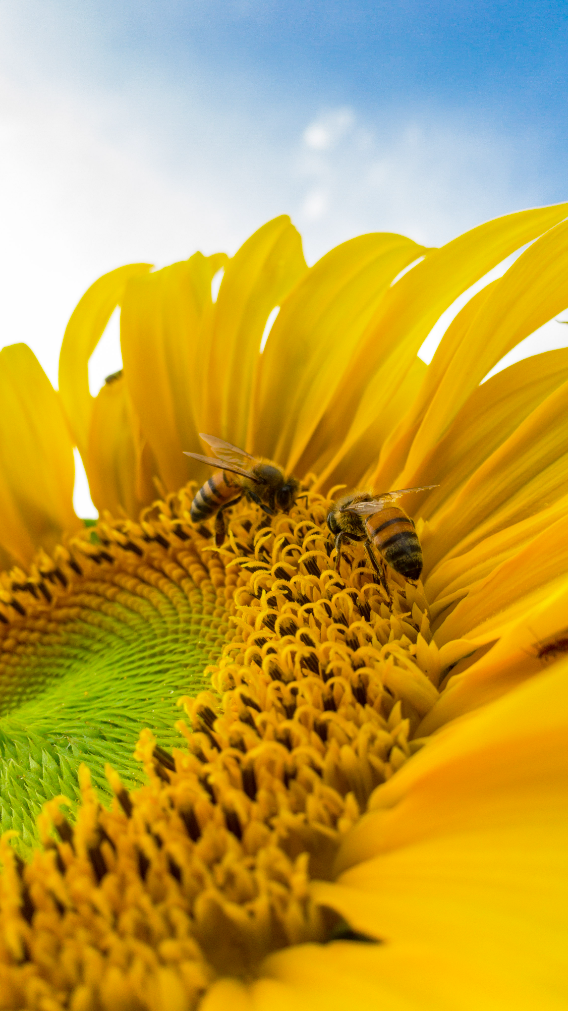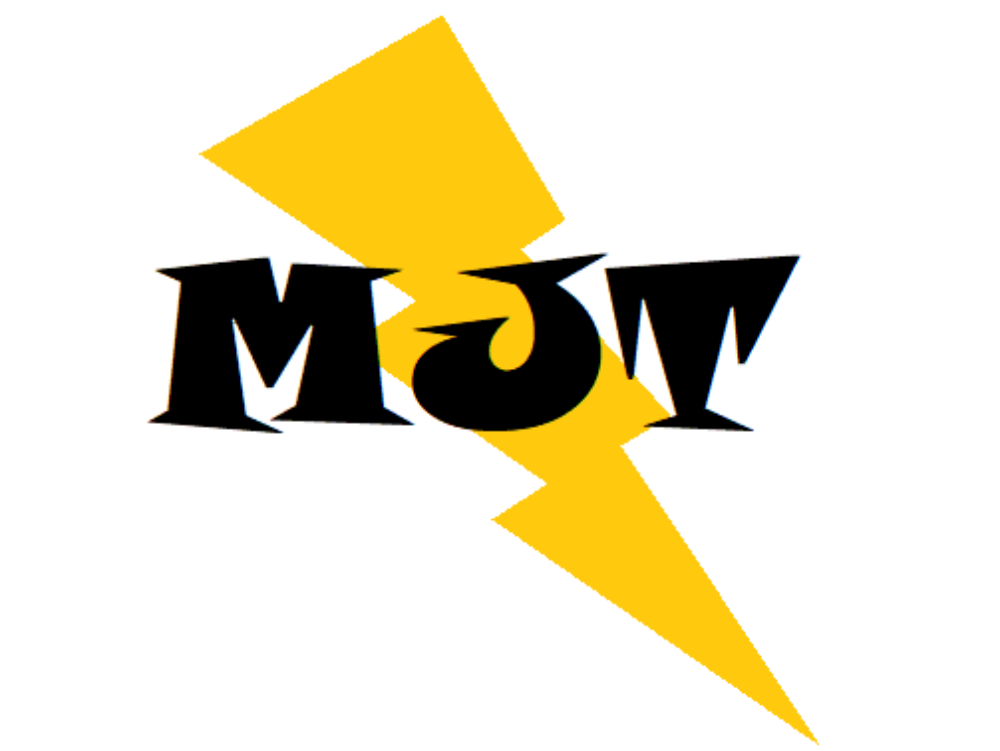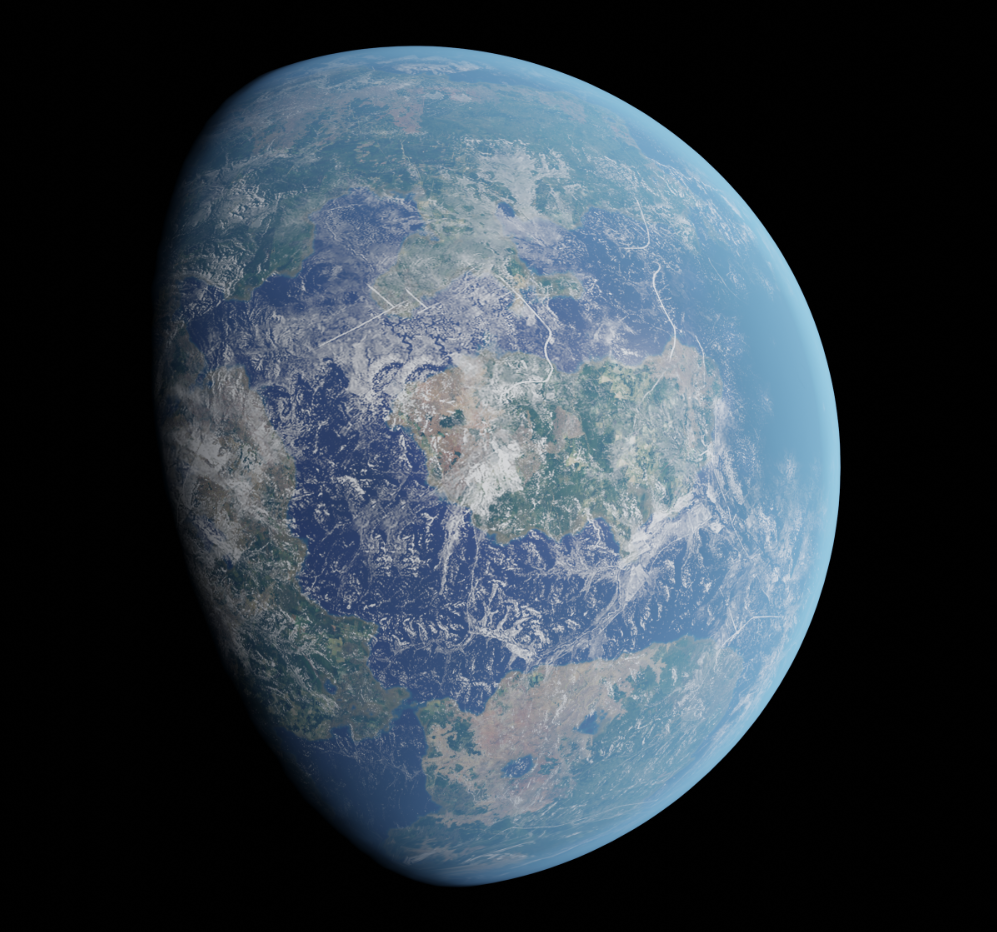
To Bee Or Not To Bee
Honey has many uses in the culinary world and credit for consumable creations goes rightly to those responsible for making them. To be fair, this credit also extends to those responsible for the product itself – the hardworking honey bee. We see and hear bees around during the warmer months as they go about their business of collecting nectar and spreading pollen. Spreading pollen may arguably be their largest contribution. Without their efforts many of the plants relied on for food would be unable to pollinate and produce what’s consumed from them. Looked at in this way the credit and appreciation owed to honey bees may end at the dessert course on our menu, but it doesn’t start there.
“Honeybees are one of nature’s most important helpers and are essential to the human food supply. As much as one third of crops grown for human consumption rely on insect pollination, and of that one third, honeybees are responsible for 80%. It’s not only human crops that depend on bees, though. Clover and other animal feed crops also depend on these tiny insects.” Source: https://www.lhf.org/2013/05/a-honeybee-history/
How do bees actually make honey? Good question. The step by step answer is: https://www.sciencefocus.com/nature/how-do-bees-make-honey/.
Honey bees have been around for quite some time. Their origins have been traced back millions of years and in comparatively more recent times it’s believed that their present global spread began sometime after the Ice Age.
“In the warm period which followed the Ice Age (starting about 14,000 years ago) the ice sheet gradually retreated and the tundra was replaced by forests of birch, pine, hazel, elm and broad-leaved oak. The Western honey bee was once more able to extend its domain in Europe. In the East advance beyond the Caucasian region proved impossible, owing to the lack of suitable nesting sites in the steppes of Southern Russia. The bees of the Balkan area spread northwards to occupy the Eastern Alpine valleys, Central Europe as far as the 50th parallel of latitude and the Western shores of the Black Sea. In the West the bees which had found refuge in Southern France during the Ice Age spread across Europe North of the Alps eventually occupying an area from the Atlantic seaboard to the Ural Mountains. The northernmost limit of the territory may have been in Southern Norway; honey bee remains dating from Ca. 1,200 have been found in an archaeological dig in Oslo although honey bees had not been reported in Norway prior to the l9th Century. The mountain ranges of the Alps and the Pyrenees obstructed the northward movement of the bees in the Italian and Iberian peninsulas.” Source: https://bibba.com/honeybee-origins/
There is concern presently that honey bee populations may be decreasing, so if you’re interested and able getting into beekeeping could be beneficial in many ways. There are plenty of resources available to anyone interested to know more about beekeeping. A good starter video is below.
You don’t have to go full on beekeeper to interact with honey bees. There are more simple ways. Plant a bee friendly garden for example.
Like to cook with honey? The Australian Honey Bee Industry Council provides the recipes below that you can take a look at by clicking here:

Using honey as medicine dates back in history in several cultures, including the ancient Egyptians, Assyrians, Chinese, Greeks and Romans according to some. Source: https://www.ncbi.nlm.nih.gov/pmc/articles/PMC3758027/
Easter Egg #1: If you’ve never heard of a honey badger, then take a look at the following video. No idea why this species of badger is called a honey badger. Tough all the way around.


